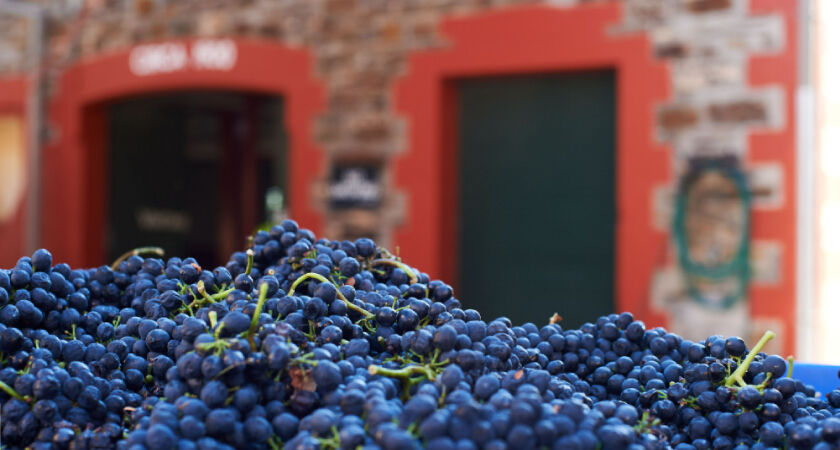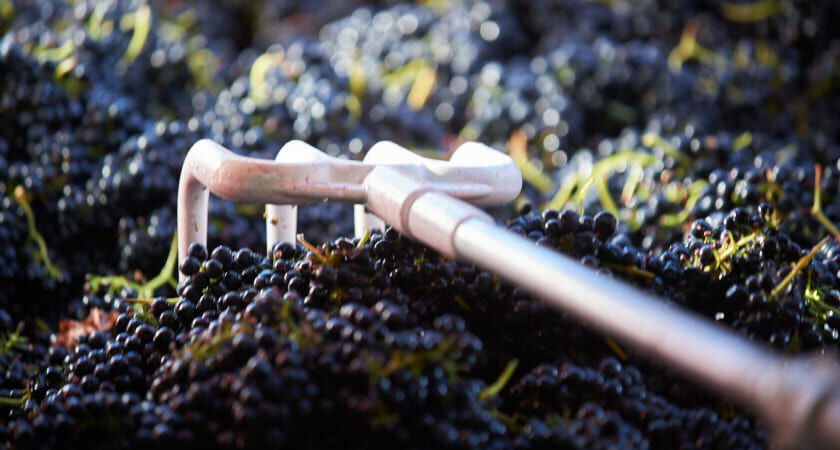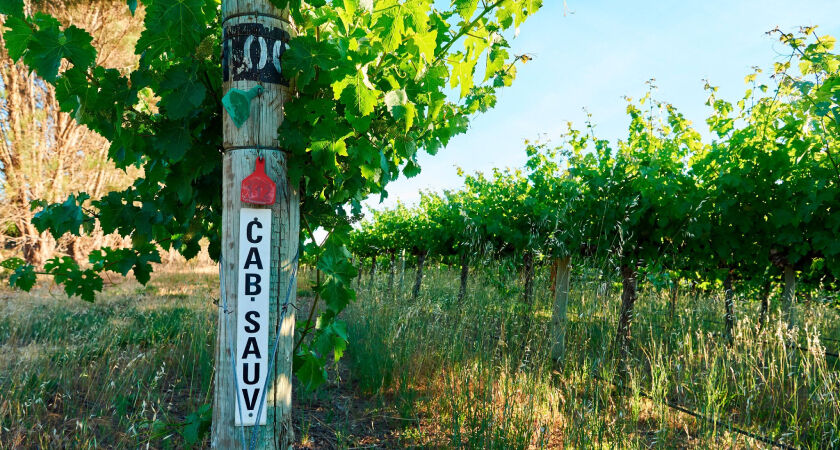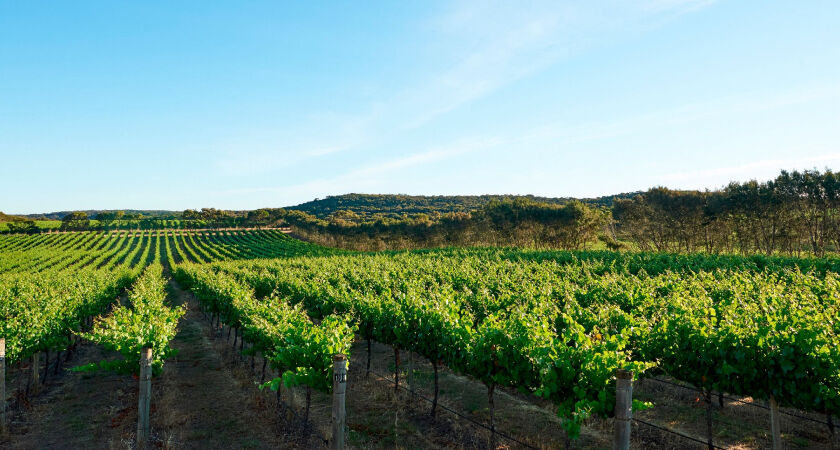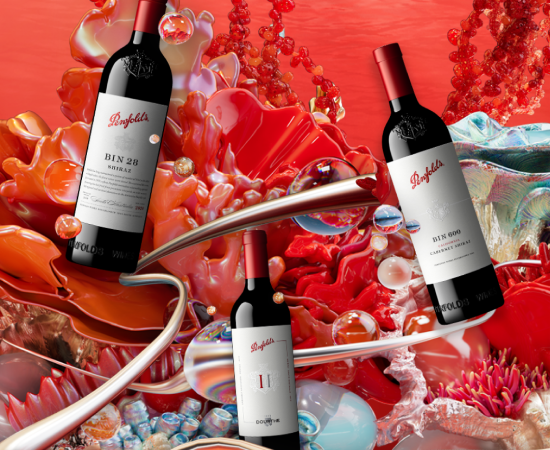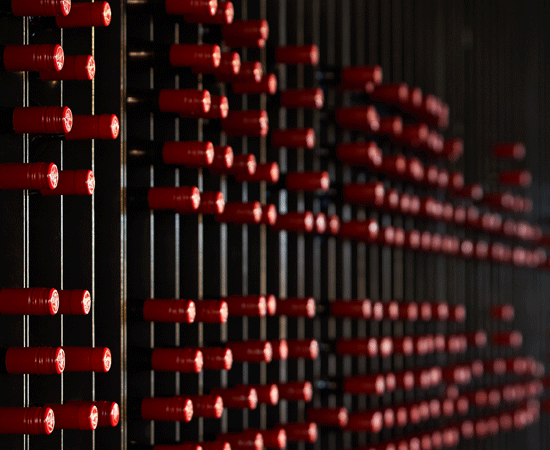The Origins of Cabernet Shiraz
The quintessential Australian blend, where cabernet structure meets the richness of shiraz.
The origins of the uniquely Australian blend, cabernet shiraz, are tied intricately to that of the story of Grange. To one man - winemaker, innovator and creator of Grange, Max Schubert and his irrefutable belief in his dream to make "something different and lasting". His dream would ultimately pioneer Australia's wine industry forward and onto the world stage.
In 1950, Max travelled to Bordeaux, where he discovered an unlikely pairing with tantalising results – cabernet shiraz. A blend loved by the French but forbidden at the introduction of the appellation d'origine contrôlée/protégée (AOC/AOP) in 1937 again to blend the smooth elegance of shiraz with the full character of cabernet. The French’s forbidden blend was to become Max’s realised dream.
The richness of shiraz
With its roots firmly planted worldwide, shiraz’s beginnings are a tale that starts in the Rhone-Alps region of France, likely as far back as Roman times. The first shiraz cuttings didn't make it to rich Australian soil until 1832 when viticulturist James Busby collected twelve cuttings from the Hill of Hermitage. These cuttings, among others, were brought home to where they would become a significant part of Australian wine history.
Australian winemakers embraced these cuttings, quickly developing a fuller-bodied style referred to today as shiraz, as opposed to the old world syrah. It’s now arguably Australia’s most loved varietal and most famous wine export.
The trademark peppery scent of Australian shiraz is often accompanied by rich dark red and black fruits and delicate earthy oak notes.
“Remarkably approachable at a full flush of youth,” says Jamie Sach, Penfolds Ambassador about shiraz. “It’s a wine often enjoyed young or may be cellared twenty years or beyond. It’s a living, breathing being that, evolves over time.”
Shiraz’s penchants for our hot Australian climate and early harvest provide viticulturists with predictability and assurance that other varietals can’t compete. And it’s effortlessly blended with other varietals, making it a winemaker’s best friend.

